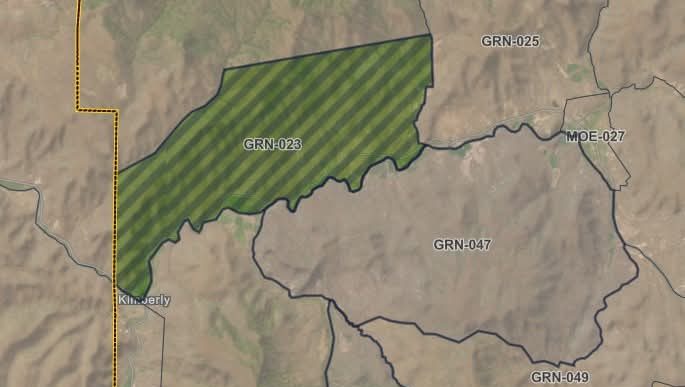Our View: Be wary of carveouts in land-use laws
Published 3:30 am Thursday, April 6, 2023

- Oregon’s legislators are considering a temporary shortcut to designate farmland for microchip factories.
In Oregon, two strategic imperatives have come into conflict — the manufacture of computer chips and the preservation of farmland.
Trending
While this is a complicated issue with compelling arguments on each side, we are concerned that proposed legislation in Oregon will provide a precedent for sidestepping farmland protections in the future.
Modern technology is driven by semiconductors — computer chips. Microchips are in almost all consumer electronic devices, and in the electronic components that control cars, trucks, planes, machinery — virtually everything.
Most of the world’s chips are manufactured in Asia. When supply chains broke down during the pandemic, having most of that capacity offshore had a huge impact on U.S. manufacturing.
Trending
There are other geopolitical concerns. Taiwan, which is under constant threat from China, accounts for about 22% of total chips sold and 90% of the most advanced semiconductors.
Congress has correctly taken steps to increase chip production in the United States. Last August, the CHIPS and Science Act was passed, providing $39 billion in manufacturing incentives.
Oregon is one of a handful of states where chips are being made, and legislators are working on a $210 million bill that would incentivize more chip making in the state and help manufacturers access the federal largess.
A portion of that bill would allow the governor for a limited time, by executive order, to designate eight sites suitable for industrial development — two each at 500 acres or greater, and six smaller sites — and to redraw adjacent urban growth boundaries to include those parcels.
Challenges to those designations would bypass the normal procedure set out by Oregon’s land-use laws, and would instead be heard by the Oregon Supreme Court.
Oregon has a dearth of available industrial sites, particularly of the size required by chip manufacturers. We are told there are only about 8,500 acres of industrial land, and few parcels of 500 acres to accommodate a proposed chip factory.
Getting decisions on land use changes using the normal procedure can take years. The timeline for the federal funding would run out before any decisions could be made.
Parcels totaling 1,200 acres adjacent to Hillsboro’s urban growth boundary have already been identified as a potential site, and the landowners have signaled their support of having the land moved inside the growth boundary.
Supporters say the legislation could bring thousands of high-paying jobs to Oregon, ensuring a good future for thousands of families. They say a few thousand acres of farmland, a drop in the bucket, is a good tradeoff.
Maybe.
Farmland that remains intact often remains in agriculture. Once paved and developed, it can never be recovered.
A factory and its high-paying jobs often have a finite lifespan. Incentives run out, taxes get too high and regulation too tight. There’s always another state ready to lure a willing manufacturer and its jobs with a more lucrative deal.
We can only hope that the answer for the next big problem won’t be another suspension of land use laws and a one-time sacrifice of a few thousand acres of Oregon farmland.









